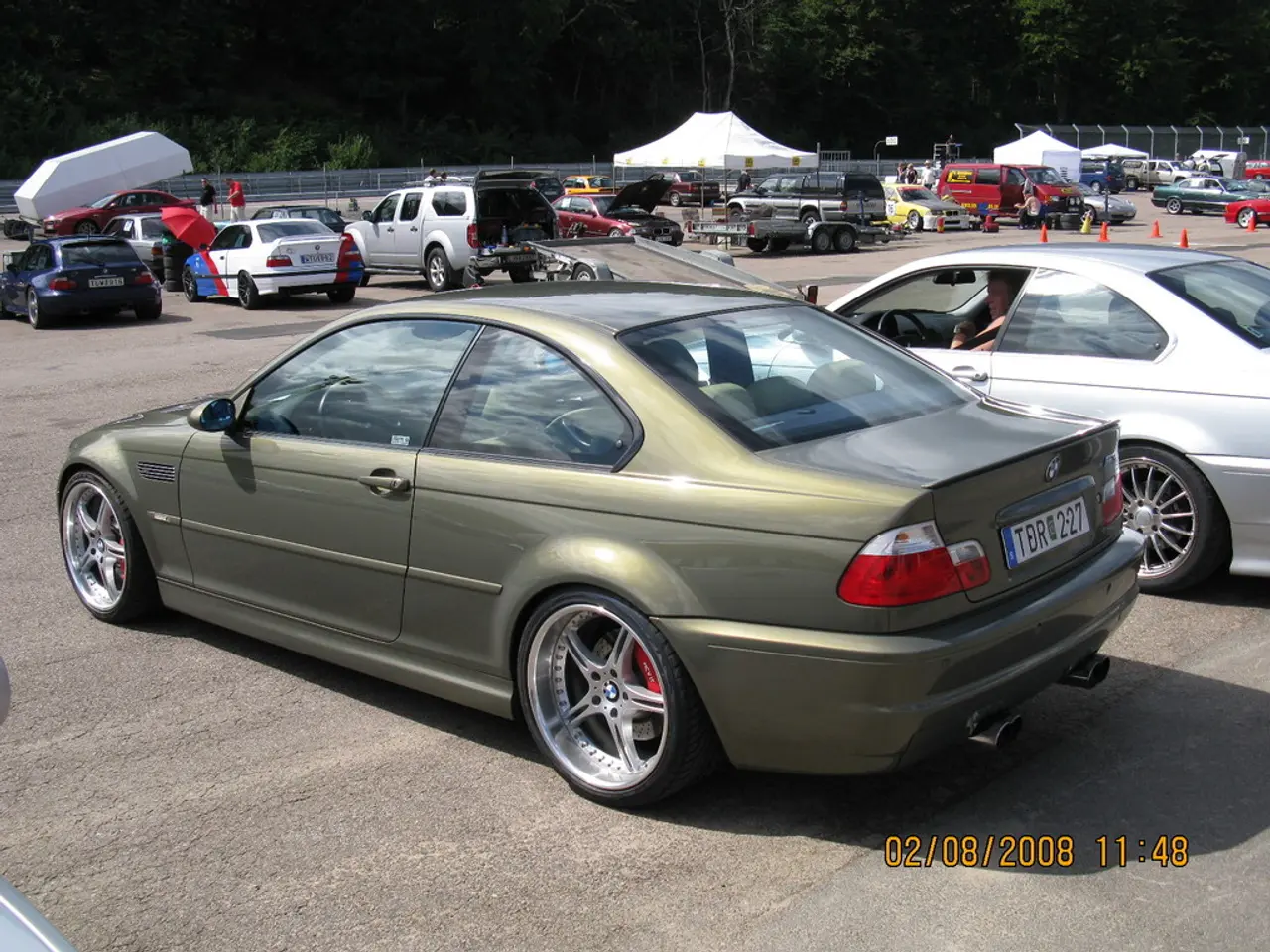Outdoor Awning Comparison: Retractable vs. Fixed - Determining the Superior Choice
### Retractable vs. Fixed Awnings: Choosing the Right Shade Solution for Your Needs
Retractable and fixed awnings are two popular options for providing shade and protection from the elements. While they serve the same purpose, they differ significantly in design, operation, and long-term value. Here's a comparison of their key features, advantages, disadvantages, and ideal use cases.
#### Key Differences
| Feature | Retractable Awning | Fixed Awning | |------------------------|---------------------------------------------|-------------------------------------| | **Operation** | Can be extended or retracted as needed | Permanently extended | | **Adjustability** | Adjustable coverage based on weather/sun | Fixed coverage, cannot be adjusted | | **Structure** | Lighter, often motorized or manual crank | Heavy, permanent, often metal frame | | **Installation** | Generally simpler and faster | More complex, may require permits | | **Maintenance** | Moderate (fabric wear, moving parts) | Higher (exposure to elements) | | **Cost** | $800–$10,000+ (varies by features)[1] | Similar or higher, depending on size and material | | **Lifespan** | Varies by material/mechanism | Typically longer, especially metal | | **Weather Resistance** | Usually retracted in high wind/rain | Built to withstand local weather |
#### Pros and Cons
##### Retractable Awnings
**Pros** - **Flexibility:** Can be opened for shade and closed to allow sunlight or clear space[2][4]. - **Protection:** When retracted, protected from harsh weather, extending fabric life[2]. - **Energy Efficiency:** Can reduce indoor heat gain when extended over windows/doors[4]. - **Modern Features:** Available with motors, remote controls, and even smart home integration[1][4]. - **Installation:** Generally lighter and easier to install than fixed awnings[2].
**Cons** - **Cost:** Advanced features (motorization, smart tech) increase price[1]. - **Durability:** Moving parts and fabric can wear out, especially in cheaper models[1]. - **Wind Sensitivity:** Most models should be retracted in high winds to avoid damage[4]. - **Maintenance:** Requires periodic cleaning and inspection of mechanisms.
##### Fixed Awnings
**Pros** - **Durability:** Permanent installation often uses robust materials (metal, polycarbonate), offering long-term protection[2]. - **Weather Resistance:** Designed to withstand local weather conditions year-round[2]. - **Consistent Coverage:** Always provides shade, no need to adjust.
**Cons** - **No Adjustability:** Cannot be retracted; may block sunlight when not needed[2]. - **Installation:** More involved, sometimes requires building permits[2]. - **Maintenance:** Exposed to all weather, requiring regular upkeep[2]. - **Space:** Permanent structure may limit outdoor space or views.
#### Which Is Better for Specific Situations?
- **Retractable awnings** are ideal for homeowners who value flexibility, want to maximize outdoor space when the awning is not in use, and are willing to pay more for convenience and modern features. They are particularly suited for residential patios, decks, and areas where weather conditions change frequently[1][2][4]. - **Fixed awnings** are better for commercial settings, historic buildings, or any application where permanent shade and robust weather protection are priorities. They are also a good choice if you prefer a “set it and forget it” solution and don’t mind the lack of adjustability[2].
#### Summary Table
| Situation | Recommended Type | Reason | |----------------------------|------------------------|----------------------------------------| | Residential patio/deck | Retractable | Flexibility, modern features, space-saving[1][2][4] | | Businesses/storefronts | Fixed | Durability, permanent shade[2] | | High-wind areas | Fixed | Built to withstand harsh weather[2] | | Occasional shade needed | Retractable | Adjustable, easy to store[2][4] | | Maximum durability | Fixed (metal/polycarbonate) | Long lifespan, low maintenance[2] |
#### Additional Considerations
- Closing retractable awnings during storms helps prolong their lifespan. - Fixed awnings are made of strong materials for durability. - Fixed awnings help with energy efficiency by blocking sunlight from windows and reducing indoor heat. - Fixed awnings are commonly used over windows, doors, patios, and decks for daily shade. - Motors and moving parts in retractable awnings may require repairs or servicing over time. - In windy or stormy areas, retractable awnings may last longer due to their ability to close during bad weather. - Fixed awnings require regular upkeep to maintain their appearance and functionality. - Fixed awnings wear out faster from sun and rain exposure as they are always open. - Retractable awnings can be manually or motorized for convenience. - Customizable shade is a benefit of retractable awnings, allowing adjustment based on weather or preference. - Fixed awnings do not offer adjustability in shade levels. - Retractable awnings can improve the appearance of outdoor spaces when not in use, enhancing privacy and aesthetics. - Fixed awnings are cheaper than retractable models upfront. - If left open during strong winds, retractable awnings can be at risk of damage.
#### Conclusion
Retractable awnings offer unmatched flexibility and convenience for homeowners, while fixed awnings provide durability and consistent protection for commercial or high-exposure applications. Your choice should depend on your priorities: adjustability and modern features versus permanence and ruggedness. Both types come in various materials and price ranges, so consider your climate, usage patterns, and budget when making a decision[1][2][4].
- In the realm of inspirational home design, consider incorporating retractable awnings as an artful addition to your home-and-garden, adding a touch of modernity and flexibility to your outdoor-living space.
- When curating a lifestlye magazine featuring home tweaks, highlight the design advantages of fixed awnings, which lend a sense of architectural permanence and robustness to any home-and-garden setup, making them well-suited for feature sections on historic buildings or commercial properties.
- Art enthusiasts and homeowners with a flair for unique, artistic living may find tutorials on customizing retractable awnings appealing, as these versatile shading solutions can serve as a canvas for outdoor murals or patterns, enhancing the aesthetic appeal of outdoor-living spaces.
- For enthusiasts of green thumb and outdoor-living lifestyle, fixed awnings may serve as an excellent form of garden art, providing a functional, consistent shade for your home-and-garden that blends seamlessly with your landscaping, making it a feature worth exploring in home-and-garden design tutorials.





